-
 bitcoin
bitcoin $102877.190955 USD
1.88% -
 ethereum
ethereum $3430.435064 USD
4.52% -
 tether
tether $0.999264 USD
-0.05% -
 xrp
xrp $2.307310 USD
4.49% -
 bnb
bnb $987.740692 USD
3.82% -
 solana
solana $161.947760 USD
3.97% -
 usd-coin
usd-coin $0.999712 USD
-0.05% -
 tron
tron $0.292810 USD
2.93% -
 dogecoin
dogecoin $0.179738 USD
10.70% -
 cardano
cardano $0.580716 USD
8.75% -
 hyperliquid
hyperliquid $42.463448 USD
8.40% -
 chainlink
chainlink $15.763437 USD
7.05% -
 zcash
zcash $649.595636 USD
17.21% -
 bitcoin-cash
bitcoin-cash $511.610261 USD
7.19% -
 stellar
stellar $0.292537 USD
7.91%
What is the minimum amount of Bitget leverage
Leverage trading on Bitget allows traders to amplify their positions, enhancing potential gains but also increasing the risk of significant losses.
Nov 13, 2024 at 07:34 pm
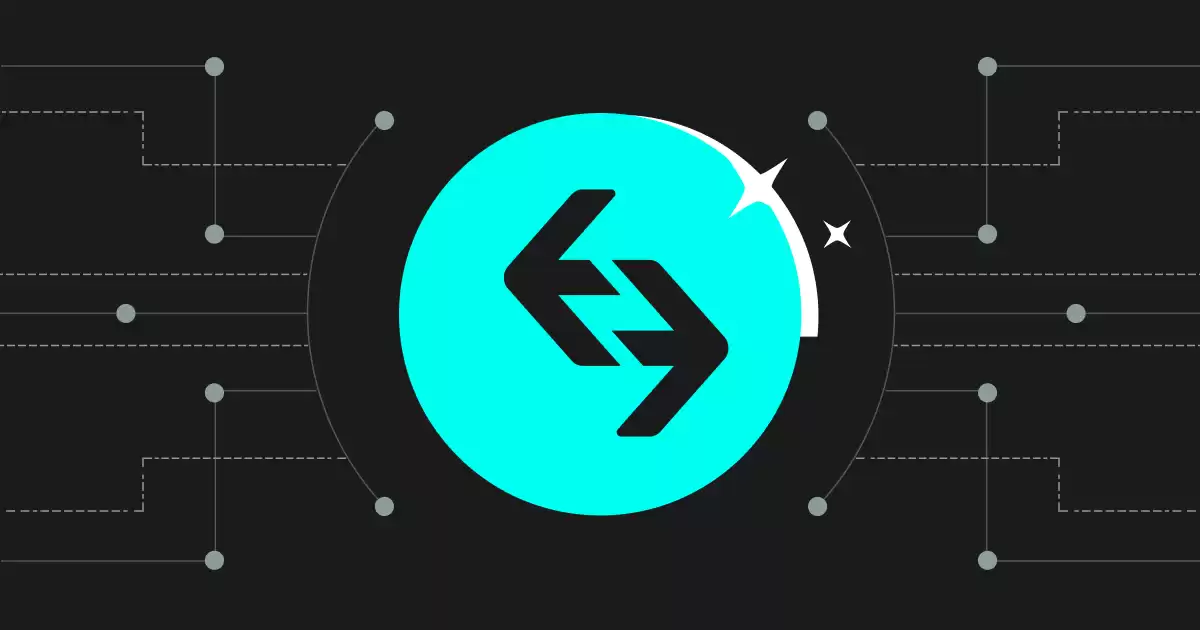
What is Bitget Leverage? A Comprehensive Guide to Leverage Trading on Bitget
IntroductionLeverage trading on Bitget, a leading cryptocurrency exchange, allows traders to amplify their trading positions by borrowing capital from the platform. This practice enhances potential profits but also increases the risk of losses. Understanding the concept of leverage and its application on Bitget is crucial for both experienced and novice traders. In this comprehensive guide, we will delve into all aspects of leverage trading on Bitget, addressing common questions and providing detailed explanations to empower traders with the necessary knowledge.
Questions Answered- What is leverage trading on Bitget?
- What are the minimum and maximum leverage levels offered by Bitget?
- How can I calculate my potential profits and losses when using leverage?
- What are the risks associated with leverage trading?
- How can I manage risk effectively while using leverage?
- What are some tips for successful leverage trading on Bitget?
Leverage refers to the practice of borrowing capital from a broker or exchange to amplify trading positions. On Bitget, traders can access leverage ratios ranging from 1:2 to 1:125, allowing them to increase the size of their trades by up to 125 times. It's important to note that higher leverage levels magnify both potential profits and losses.
2. Leverage Levels on BitgetBitget offers a range of leverage levels tailored to different risk appetites:
- Minimum Leverage: 1:2
- Maximum Leverage: 1:125
The minimum leverage of 1:2 allows traders to double their trading size, while the maximum leverage of 1:125 enables traders to increase their positions by up to 125 times the initial capital.
3. Calculating Potential Profits and LossesWhen using leverage, traders should carefully calculate potential profits and losses to avoid excessive risk. The following formulas can be used:
- Potential Profit: Profit = (Leverage Ratio * Initial Capital) - Initial Capital
- Potential Loss: Loss = (Leverage Ratio * Initial Capital) - Initial Capital
For example, with a leverage ratio of 1:10 and an initial capital of $1,000:
- Potential Profit: $1,000 * (10 - 1) = $9,000
- Potential Loss: $1,000 * (10 - 1) = $9,000
Leverage trading amplifies not only potential profits but also risks. Key risks to consider include:
- Increased Volatility: Leveraged positions are more susceptible to market fluctuations, potentially leading to significant losses during sudden price swings.
- Margin Calls: If market conditions turn unfavorable and losses exceed available capital, traders may receive a margin call, requiring them to add more funds or face position liquidation.
- Liquidation: If losses continue, positions may be liquidated to cover borrowed funds, resulting in the loss of initial capital.
Traders can employ various strategies to mitigate risks associated with leverage trading, such as:
- Stop-Loss Orders: Setting stop-loss orders can help limit potential losses by automatically closing positions when prices reach a predefined threshold.
- Trailing Stop-Loss Orders: Trailing stop-loss orders adjust dynamically based on the market trend, providing additional protection during favorable price movements.
- Hedging: Using hedging techniques, such as opening offsetting positions, can reduce exposure to potential losses.
To enhance trading outcomes, traders should consider the following tips:
- Start with a Conservative Approach: Avoid excessive leverage and begin with a low leverage ratio that aligns with your risk tolerance.
- Understand the Market: Thoroughly research the cryptocurrency market, analyze trends, and stay informed about news and events that may impact trading.
- Use Risk Management Tools: Implement stop-loss orders and other risk management strategies to minimize potential losses.
- Manage Emotions: Avoid emotional decision-making and stick to a predefined trading plan to prevent impulsive actions.
Disclaimer:info@kdj.com
The information provided is not trading advice. kdj.com does not assume any responsibility for any investments made based on the information provided in this article. Cryptocurrencies are highly volatile and it is highly recommended that you invest with caution after thorough research!
If you believe that the content used on this website infringes your copyright, please contact us immediately (info@kdj.com) and we will delete it promptly.
- BlockDAG, Avalanche, Dogecoin: Crypto's Leading Trio in 2025
- 2025-11-07 22:05:01
- Layer 2 Coins: Will There Be a Potential Explosion by 2026?
- 2025-11-07 16:50:02
- Filecoin, ICP, and the AI Infrastructure Renaissance: Is History Repeating?
- 2025-11-07 16:50:02
- Bitcoin's Wild Ride: Surges, Zeros, and the Search for Stability
- 2025-11-07 17:05:01
- XRP, Bitcoin, and the Rally: What's the Deal, New York?
- 2025-11-07 17:25:01
- Filecoin, DePIN, and a Technical Breakout: What's the Buzz?
- 2025-11-07 17:05:01
Related knowledge

What is a state machine and how can a contract be designed as one?
Nov 08,2025 at 02:19pm
Understanding State Machines in Blockchain Context1. A state machine is a computational model used to design systems that transition between defined s...
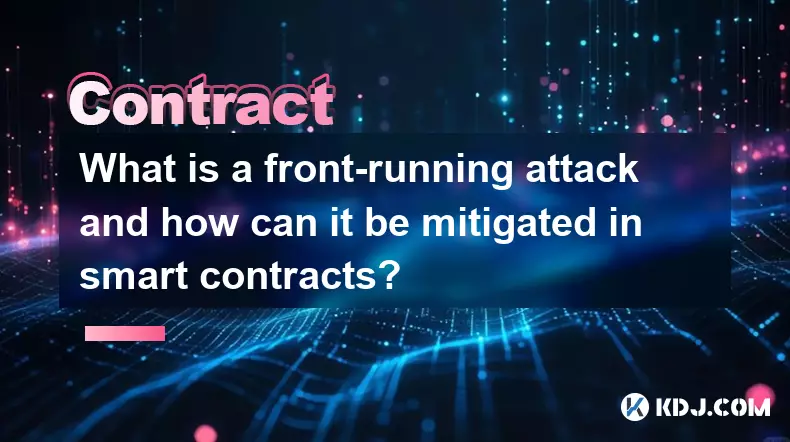
What is a front-running attack and how can it be mitigated in smart contracts?
Nov 08,2025 at 11:20am
Understanding Front-Running in Blockchain Transactions1. In the context of blockchain and decentralized applications, a front-running attack occurs wh...

What are flash loans and how do they allow for uncollateralized borrowing?
Nov 08,2025 at 10:39am
Understanding Flash Loans in Decentralized Finance1. Flash loans represent a novel innovation within the decentralized finance (DeFi) ecosystem, enabl...
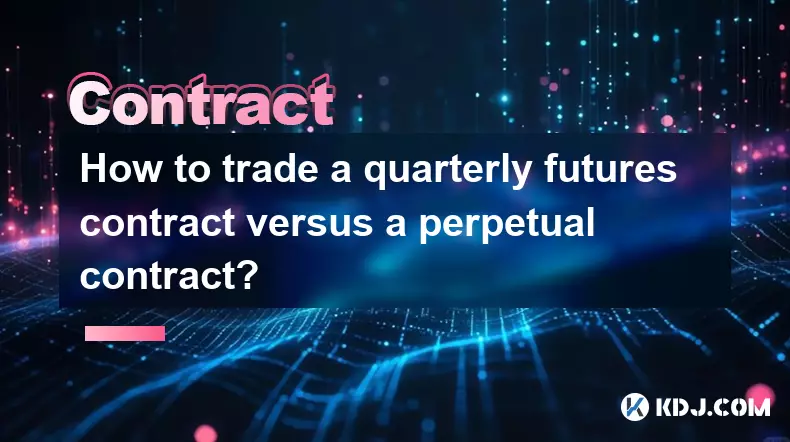
How to trade a quarterly futures contract versus a perpetual contract?
Nov 06,2025 at 06:44am
Understanding the Core Differences Between Quarterly and Perpetual Contracts1. Quarterly futures contracts have a fixed expiration date, typically set...
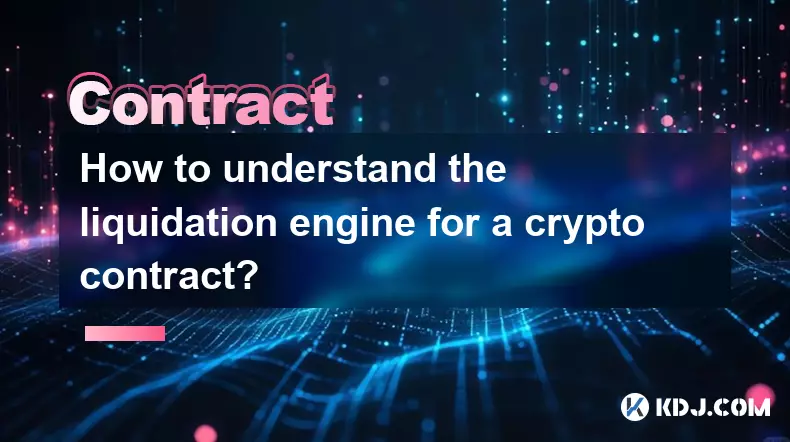
How to understand the liquidation engine for a crypto contract?
Nov 06,2025 at 09:05am
Understanding the Role of Liquidity Pools in Decentralized Finance1. Liquidity pools are foundational components within decentralized exchanges (DEXs)...
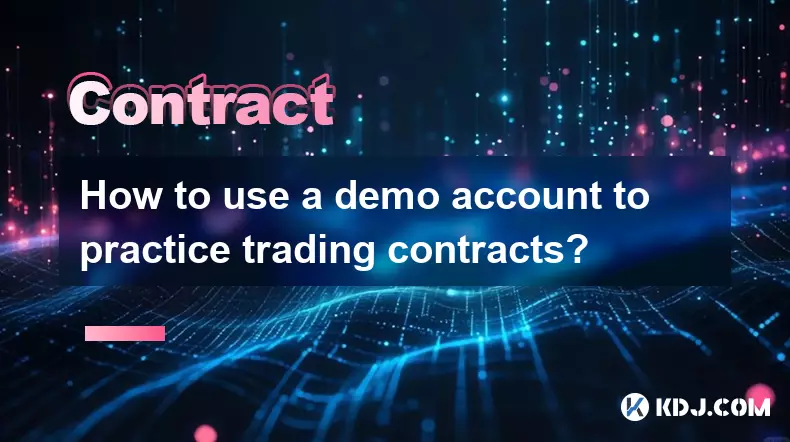
How to use a demo account to practice trading contracts?
Nov 06,2025 at 08:55am
Understanding the Purpose of a Demo Account in Contract Trading1. A demo account allows traders to simulate real market conditions without risking act...

What is a state machine and how can a contract be designed as one?
Nov 08,2025 at 02:19pm
Understanding State Machines in Blockchain Context1. A state machine is a computational model used to design systems that transition between defined s...

What is a front-running attack and how can it be mitigated in smart contracts?
Nov 08,2025 at 11:20am
Understanding Front-Running in Blockchain Transactions1. In the context of blockchain and decentralized applications, a front-running attack occurs wh...

What are flash loans and how do they allow for uncollateralized borrowing?
Nov 08,2025 at 10:39am
Understanding Flash Loans in Decentralized Finance1. Flash loans represent a novel innovation within the decentralized finance (DeFi) ecosystem, enabl...

How to trade a quarterly futures contract versus a perpetual contract?
Nov 06,2025 at 06:44am
Understanding the Core Differences Between Quarterly and Perpetual Contracts1. Quarterly futures contracts have a fixed expiration date, typically set...

How to understand the liquidation engine for a crypto contract?
Nov 06,2025 at 09:05am
Understanding the Role of Liquidity Pools in Decentralized Finance1. Liquidity pools are foundational components within decentralized exchanges (DEXs)...

How to use a demo account to practice trading contracts?
Nov 06,2025 at 08:55am
Understanding the Purpose of a Demo Account in Contract Trading1. A demo account allows traders to simulate real market conditions without risking act...
See all articles




















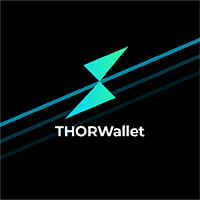
![The Graph Price Prediction [GRT Crypto Price News Today] The Graph Price Prediction [GRT Crypto Price News Today]](/uploads/2025/11/07/cryptocurrencies-news/videos/690d4df44fe69_image_500_375.webp)



















































